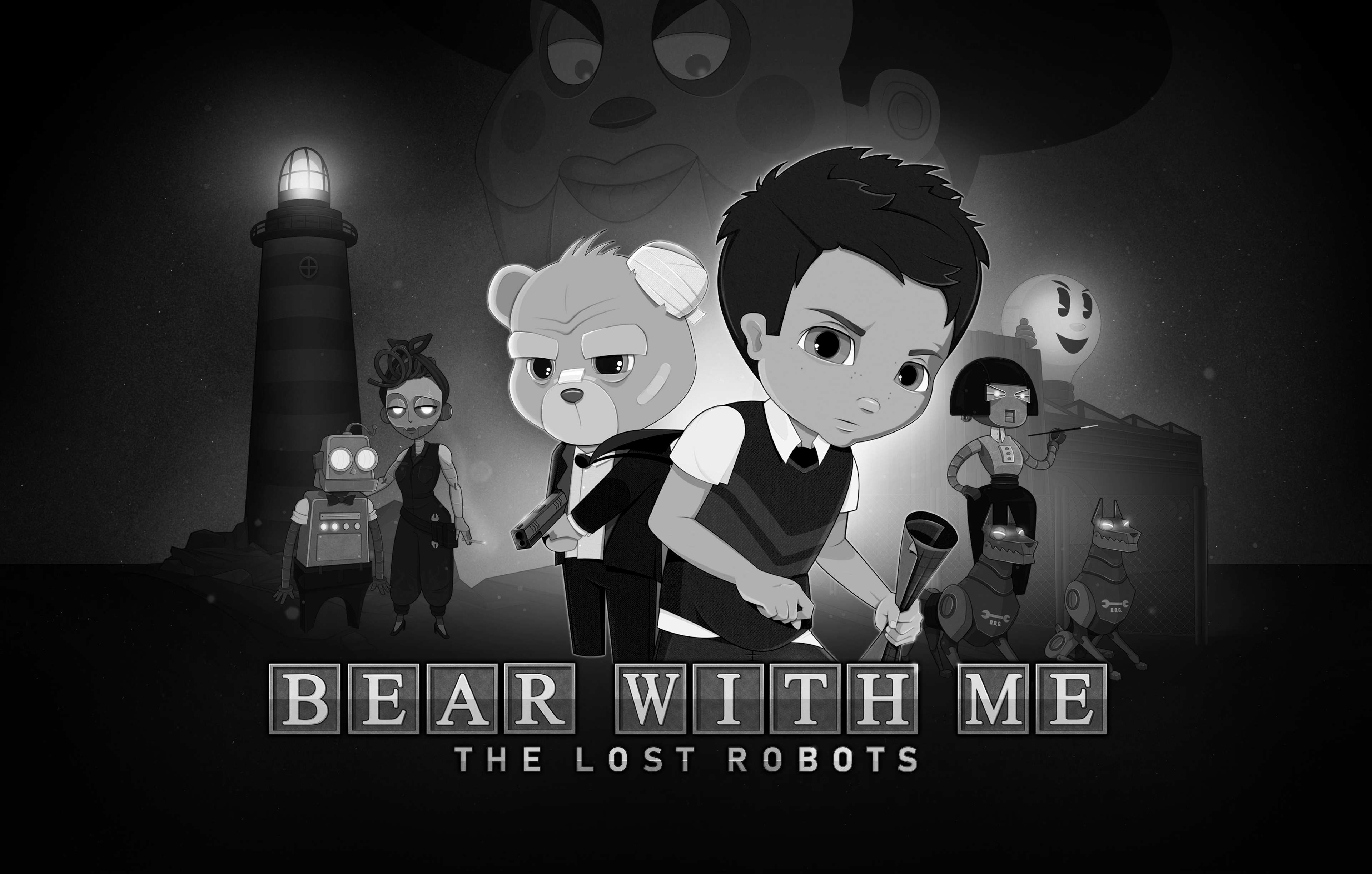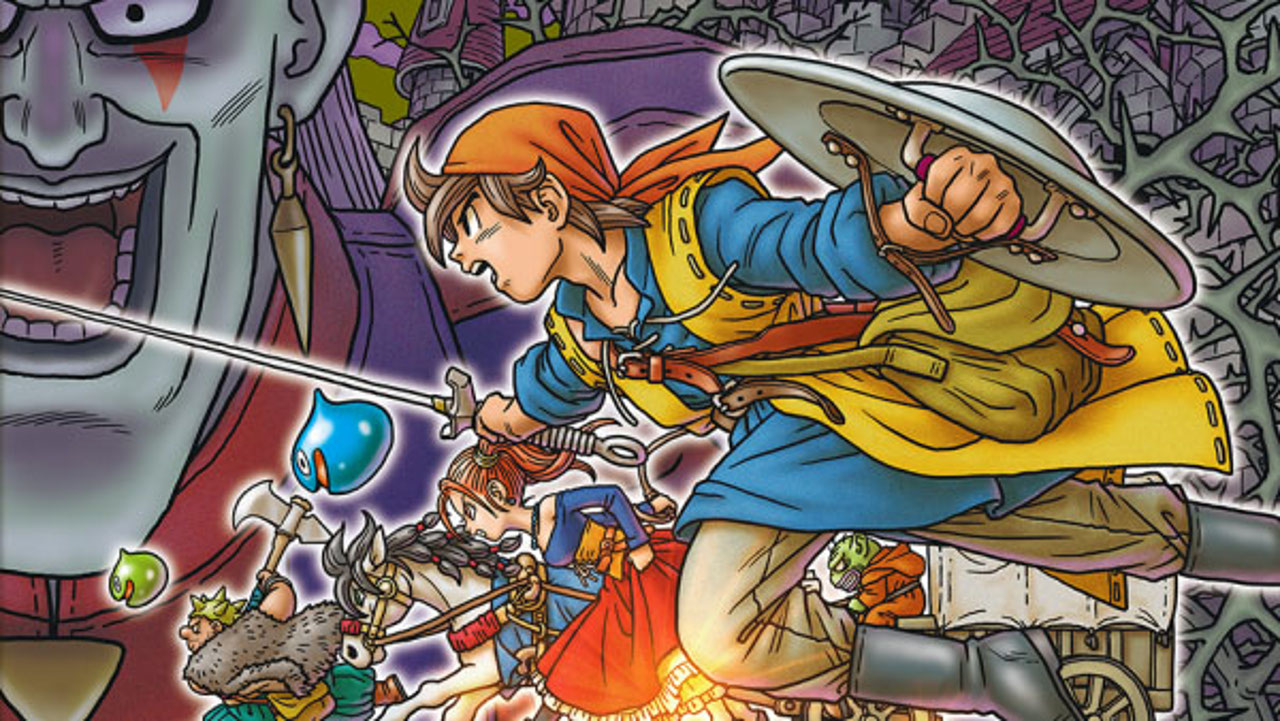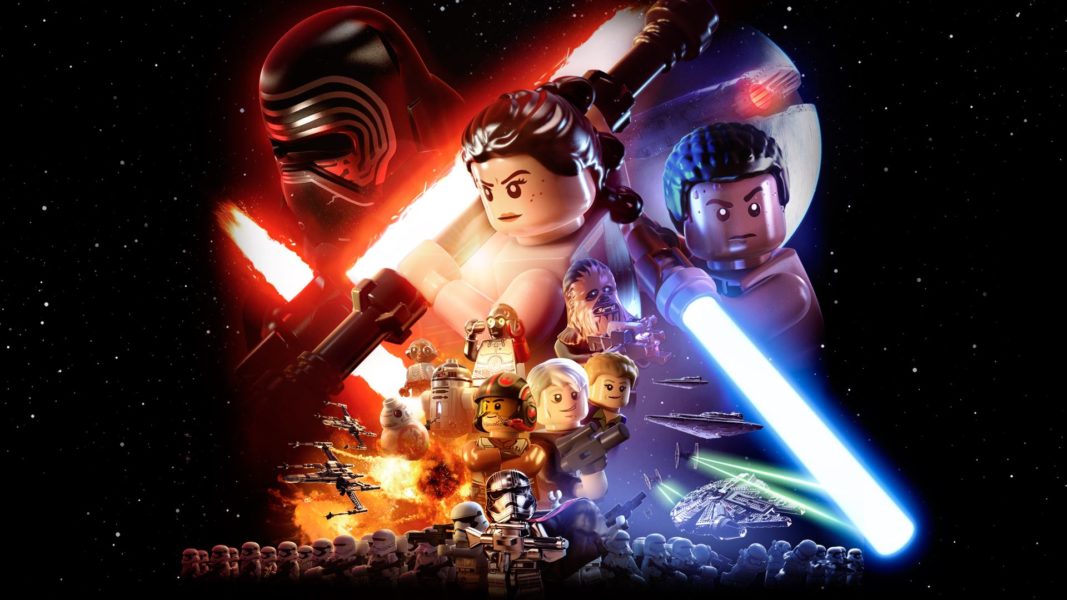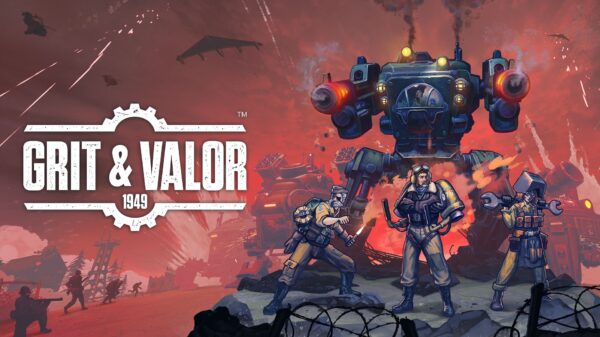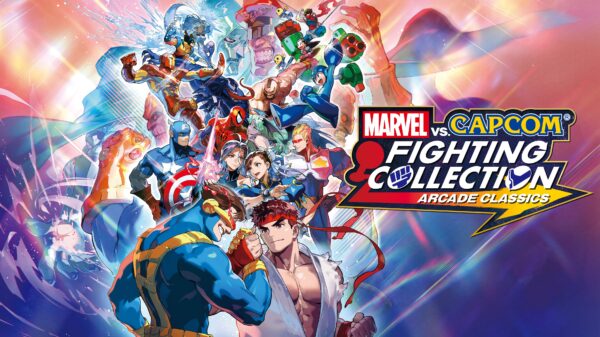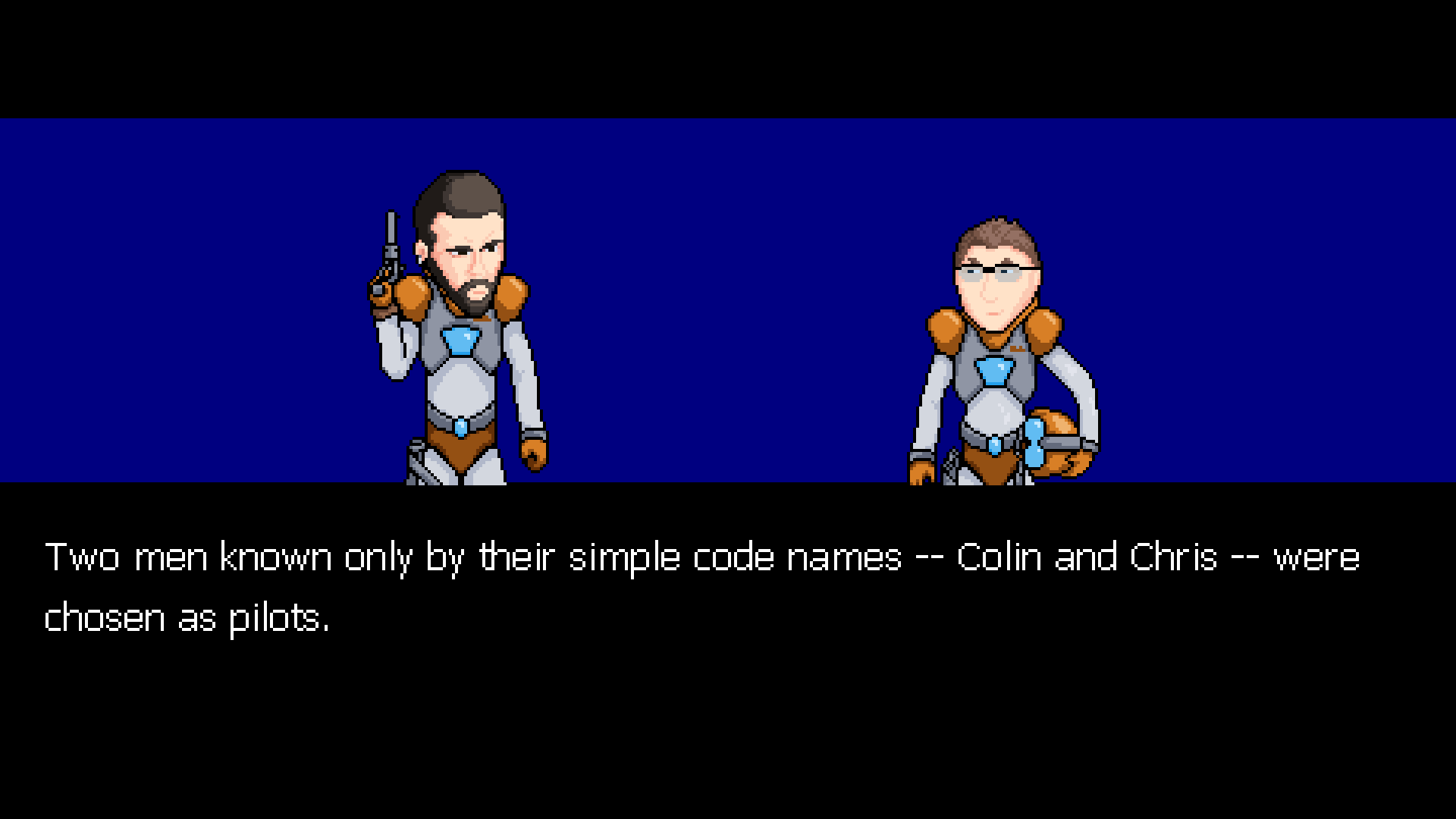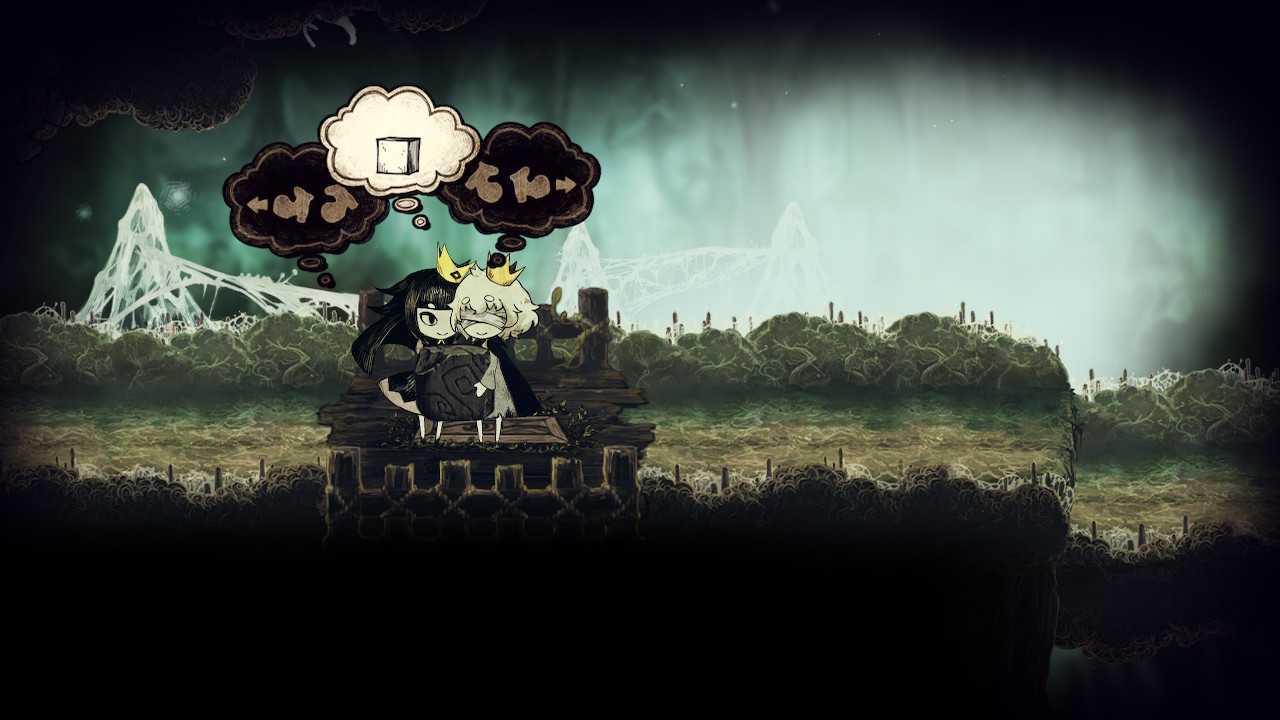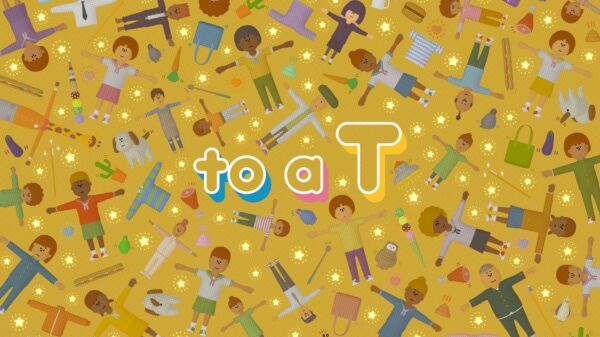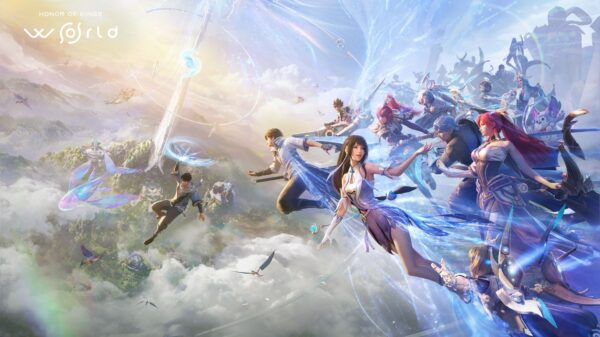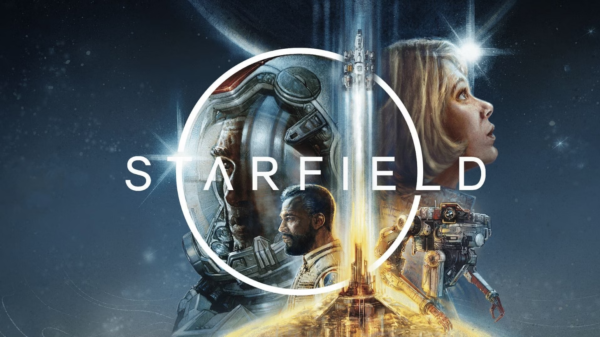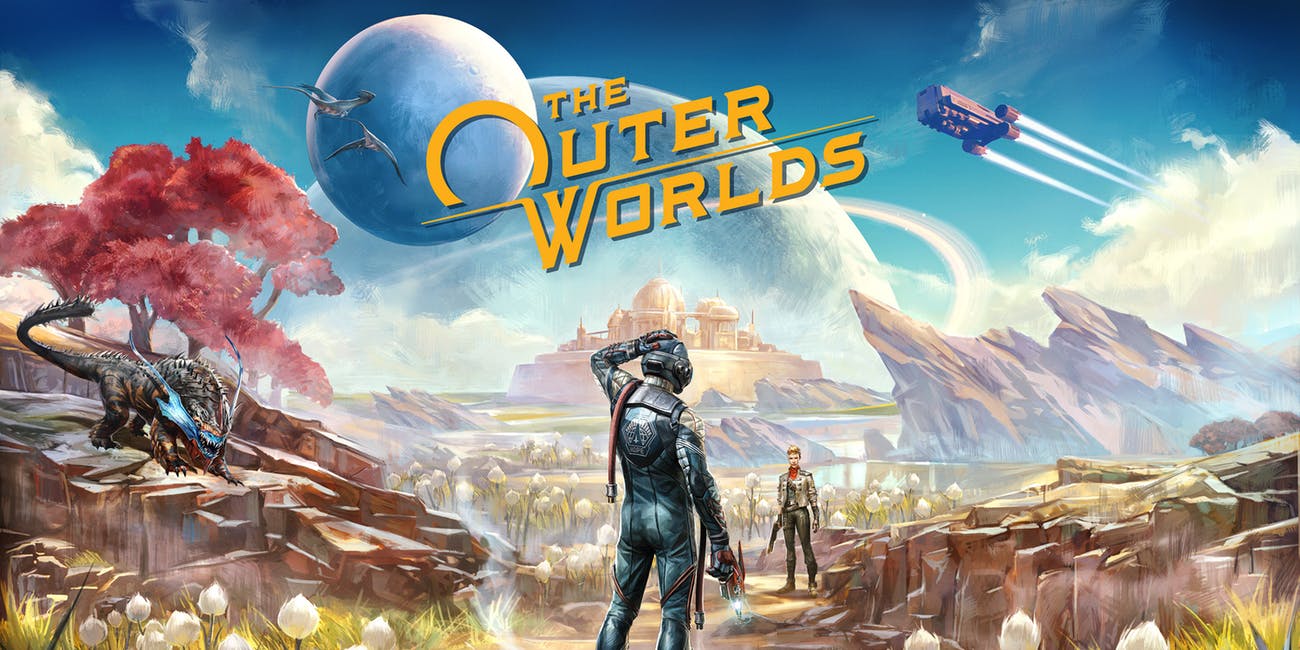Super Mario Party Jamboree has an excellent main mode, but the focus on side content has created a bloated package. Too many minigames are designed only for side modes, making the main Mario Party mode feel like it lacks variety. To add insult to injury, none of these side modes achieve a quality high enough for anyone to want to spend much time with them after a round or two. The main experience has excellent maps, tons of game changing randomness, and the chaos you want, making for a solid Mario Party experience in a subpar game.
Super Mario Party Jamboree
Developer: Nintendo
Price: $60
Platforms: Nintendo Switch
A Nintendo Switch code was provided by the publisher for this review

Super Mario Party Jamboree has been touted by Nintendo as a jam-packed entry in the series and it’s hard to argue with that claim. Seven boards, 22 characters, a ton of minigames, and more side modes than any reasonable person would want from a Mario Party. All of these extra modes make for a bloated experience and when many of the minigames are tied exclusively to these modes, it makes the whole package feel worse. The saving grace here is the main party mode, which is the strongest of all the Switch entries, even if some of the bloat is present there too.
The Party mode in Super Mario Party Jamboree feels like a great mix of the previous two entries. It maintains the larger map sizes and dice rolls of Mario Party Superstars while mixing in an improved buddy system from Super Mario Party. There are seven total boards, two remakes, and five new boards. These new boards all have a strong gimmick, like the stamp card and escalators in the mall map, Rainbow Galleria, or the high dice rolls and increased coin rewards in Roll’em Raceway. The two remake maps, Western Land and Mario’s Rainbow Castle feel a tad simple compared to the new maps, but it provides a nice range of complexity for you to choose from.
The reworked buddy system has a Jamboree Buddy spawn every few turns, somewhere on the map. If a player reaches them, you play a minigame to try and win the Jamboree Buddy. These minigames are a ton of fun, with every character in the game having their unique minigame, although they are also much longer than a normal minigame. These minigames can feel a bit tedious with how long they go on, but you only play a handful during a single party. Once you have the buddy you get their special ability and the ability to buy two stars at once, but someone else can steal them if they pass you. The buddies also leave after a few turns, so it’s a temporary advantage. This makes for a nice middle ground, where the Jamboree Buddies are important, but not game changing.
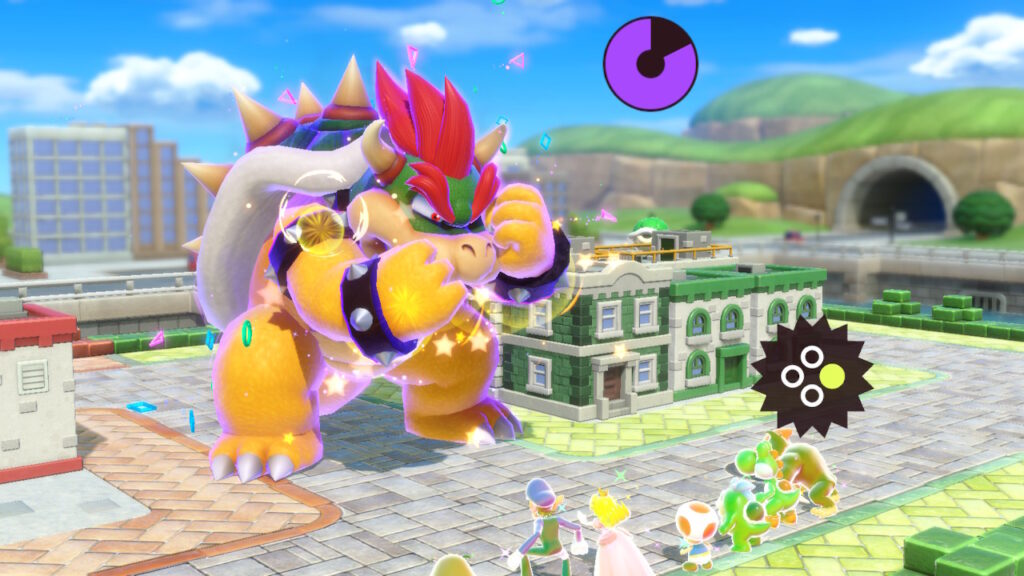
The minigame mix in Super Mario Party Jamboree feels like a step down from the last entry in many ways. There is a blandness to some of the new games, but the biggest issue is the variety. The total number of minigames here might be higher, but so many of them aren’t in the main party pool, since they are built for the modes with more players. There were multiple matches where we had repeats for the minigames and the standouts are few and far between. Even when playing with motion control minigames, which make the pool a bit bigger, the variety is still lacking. The number of motion minigames you play also doesn’t justify having to use a Joy-Con over a pro controller, since there were a few games where only two or three of the minigames that came up used the motion controls.
One of the other changes to the party mode is the pacing. Between the long Jamboree Buddy minigames, bigger boards, and lots of small moments where the action stops, these parties take a while to complete. The pacing doesn’t feel bad in the moment-to-moment, but the in-game estimation for a 30-turn match is three-and-a-half hours, which has proven a tad bloated in my experience, although pretty close. This extended time can make higher turn games feel long, especially in the latter half of the game. Of course, you can play fewer turns, but fewer turns also limit the chaos and momentum shifting that comes from an extended match.
The extra modes in Super Mario Party Jamboree don’t make up for that lack of variety either. The single-player mode, Party-Planner Trek, is deeply uninteresting. You’re tasked with walking around the boards, and helping NPCs complete tasks. These tasks either involve talking to more NPCs or competing in minigames against uncompetitive CPUs, creating a slog of an experience. Each board culminates in a co-op minigame to take down a boss, which is unique to each boss but is great. The first one involves moving a jet ski around to collect shells before spamming them at the boss.

The added multiplayer modes range from fun a couple of times to boring before even completing the first match. The highly touted 20-player Koopathlon has you play three coin-gathering minigames, once again exclusive to this mode and freeplay, which move you around a generic town board. These games are played independently, with you trying to score more than your opponents. You play a Bowser survival game after three minigames, where living nets you an item, and losing sends you back a few spaces. After that, you repeat the same three minigames until someone fully completes how many laps the win condition is. The minigames here are fun and trying to get better at them provides some reason to keep playing, but the lack of interactivity between players and not mixing up the minigames besides the number of coins you can get being increased makes for a mode that loses steam quickly.
Bowser Kaboom Squad is the other online side mode, where eight players fight against Imposter Bowser. You have to run around a small map collecting bombs and returning them to a cannon to deal damage, which is so simplistic its novelty is lost fast. There are minigames in between each round that is eight player co-op that is pretty fun and requires solid teamwork, but so much more time is spent running around collecting bombs that it doesn’t make this mode much better.
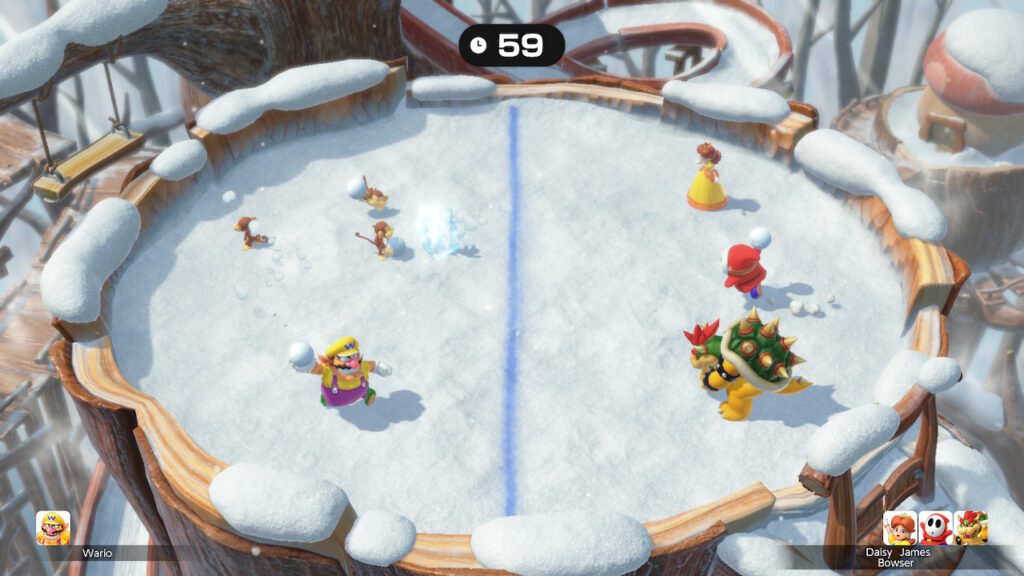
The three remaining modes, outside of Minigame Bay where you can play minigames for freeplay or in special competitions, are all local games focused on motion controls. Both Paratroopa Flight School and Toad’s Item Factory are both fine to play once but aren’t that interesting. Perhaps the most exciting of these modes is the Rhythm Kitchen, where four players can work together to complete cooking-themed motion games, where you have to perform actions on the beat. There isn’t a ton of variety here, but it’s fun enough with four people, and achieving five stars requires near perfection, making it fun enough to return to multiple times.
Super Mario Party Jamboree has a great selection of boards, tons of characters, and more side modes than I can count, but this lack of focus on the main party mode has harmed the overall package. If you love Mario Party, this game has an excellent main mode, but the side modes range from fun enough to outright boring, and the focus on having so many extra modes has resulted in not enough variety in the minigames. While it delivered on its promise of being a jam-packed Mario Party title, most of what’s in Super Mario Party Jamboree isn’t part of the main mode, the reason most people play Mario Party.
 The Final Word
The Final Word
Super Mario Party Jamboree is overstuffed with unnecessary and uninteresting side content. While the main party mode feels like the strongest of the Nintendo Switch entries, a lack of variety in the minigames and only a few standouts make for a Mario Party that has a strong core, but not much else.
MonsterVine Rating: 3 out of 5 – Average







